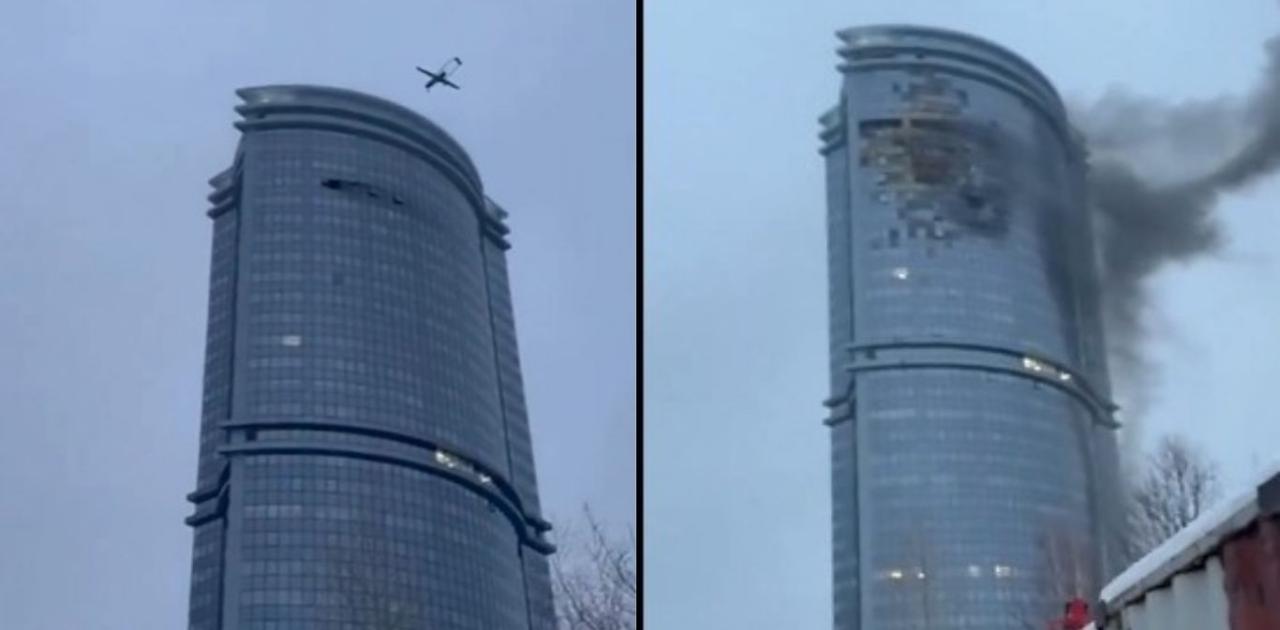The Kazan drone attack thrust a chilling new reality into the spotlight, raising critical questions about security vulnerabilities and the evolving nature of modern warfare. This incident, shrouded in uncertainty, demands a thorough examination of its technological aspects, the motivations behind it, and its potential ramifications on both regional stability and international relations. We will delve into the details of this event, exploring the circumstances, the response, and the lasting impact.
The attack, reportedly involving multiple drones, caused significant damage and raised concerns about the sophistication of the technology used. Initial reports suggest a coordinated effort, leaving investigators to piece together the timeline of events and identify those responsible. The incident highlights the need for improved security measures and a reassessment of drone countermeasures.
The Kazan Drone Attack: An Analysis
The alleged drone attack on Kazan, while still under investigation, presents a complex case study in modern asymmetric warfare. This analysis explores the event’s circumstances, technological aspects, motivations, security responses, international implications, and public perception, offering a comprehensive overview of this significant incident.
The recent drone attack on Kazan highlights the escalating use of unmanned aerial vehicles in modern conflict. Understanding the technology behind these attacks is crucial, and examining the capabilities of various drone manufacturers, such as those offering advanced features like the sky elements drones , provides valuable insight. This technological analysis can help in developing countermeasures and improving security protocols against future drone-based attacks on Kazan or other similar targets.
Event Overview: The Kazan Drone Attack
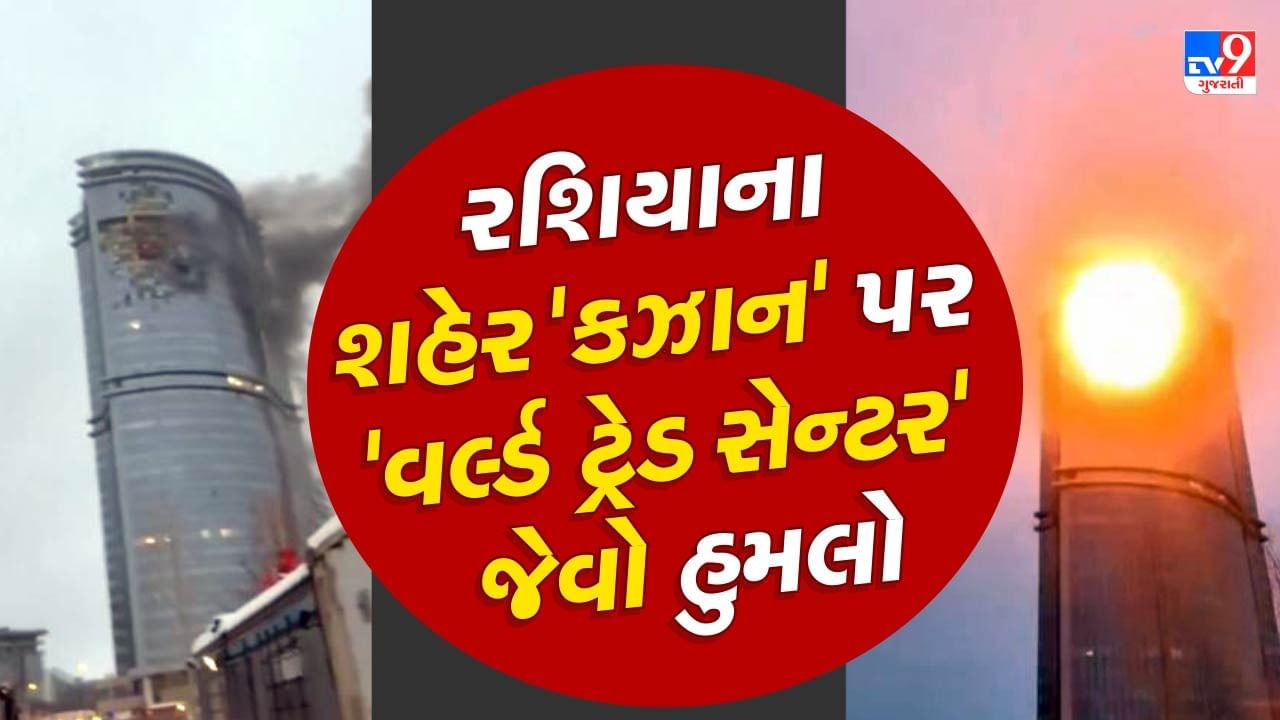
Reports of a drone attack on Kazan emerged on [Insert Date], sparking immediate concern and investigation. The incident involved [Number] drones, allegedly targeting [Specific targets, e.g., government buildings, infrastructure]. Initial reports indicated [Initial reports of damage and casualties], later revised to [Revised damage and casualty figures]. A timeline of events, from initial reports to the ongoing investigation, is presented below.
| Time | Event | Key Players | Source |
|---|---|---|---|
| [Time 1] | [Event 1, e.g., First drone sighting] | [Key players involved, e.g., Witnesses, local authorities] | [Source of information] |
| [Time 2] | [Event 2, e.g., First impact reported] | [Key players involved, e.g., Emergency services, victims] | [Source of information] |
| [Time 3] | [Event 3, e.g., Security forces deployed] | [Key players involved, e.g., Police, military] | [Source of information] |
| [Time 4] | [Event 4, e.g., Investigation launched] | [Key players involved, e.g., Investigators, government officials] | [Source of information] |
Technological Aspects of the Attack
The drones used in the Kazan attack were likely [Type of drone, e.g., commercially available quadcopters modified for explosive payloads] with specifications including [Specifications, e.g., flight time, range, payload capacity]. Navigation and targeting were possibly achieved through [Methods, e.g., GPS coordinates, pre-programmed flight paths, manual control]. The drones likely had a range of [Range] and a payload capacity of [Payload capacity].
Compared to similar incidents like the [Example incident], this attack demonstrates [Comparison, e.g., a higher degree of sophistication in terms of coordination and targeting precision].
Motivations and Actors
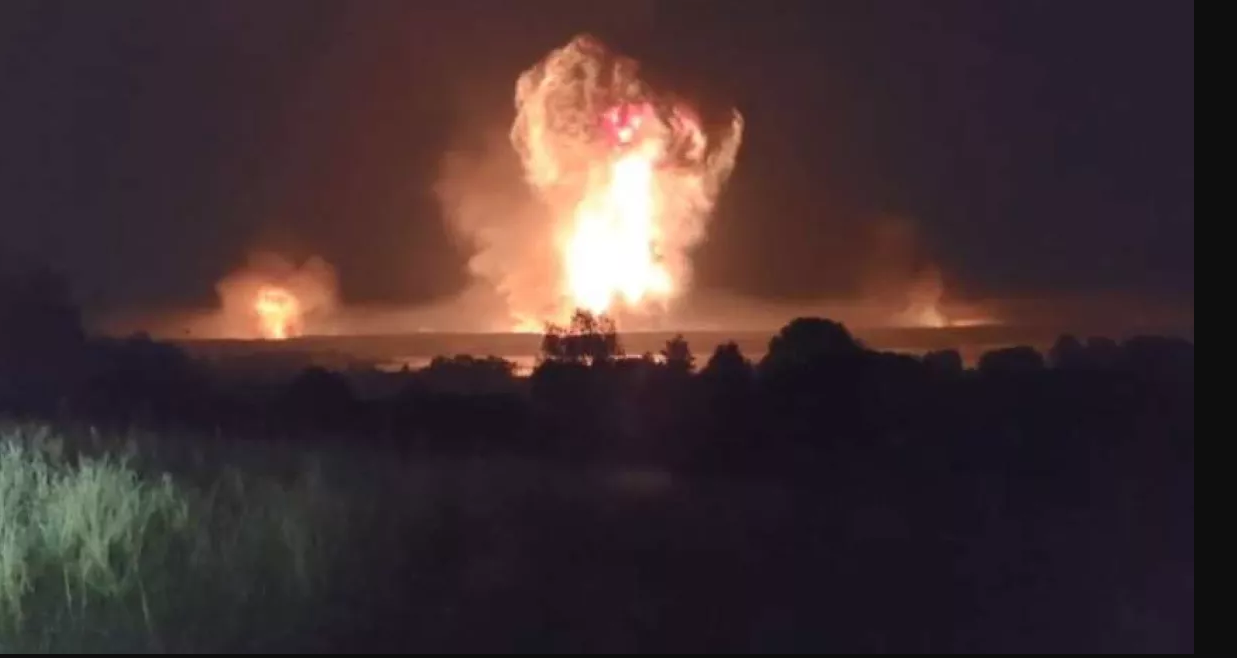
Several potential motivations for the attack exist, including [Potential motivations, e.g., political dissent, extremist ideologies, criminal activity]. The following groups or individuals could be responsible, based on [Evidence, e.g., prior actions, statements, affiliations]:
- [Possible perpetrator 1]
-[Potential connection and evidence] - [Possible perpetrator 2]
-[Potential connection and evidence] - [Possible perpetrator 3]
-[Potential connection and evidence]
Security and Response
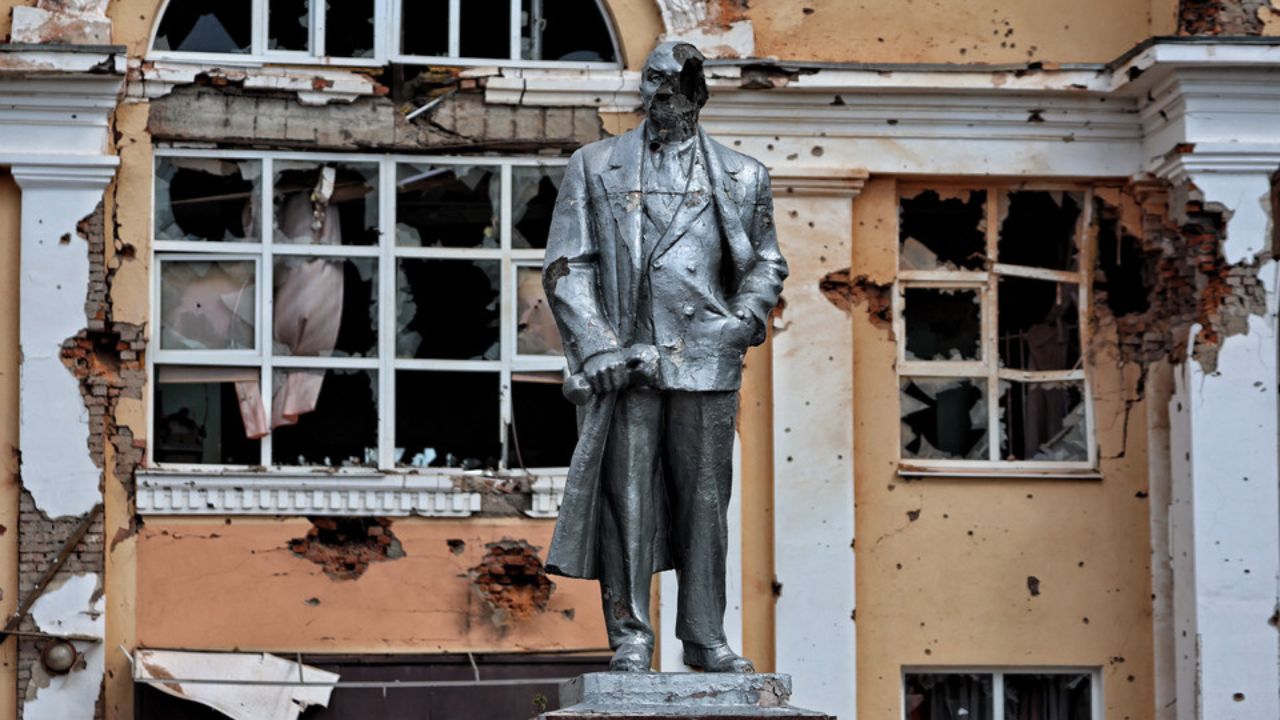
Prior to the attack, Kazan’s security measures likely included [Security measures, e.g., CCTV surveillance, airport security protocols]. The effectiveness of these measures in preventing the attack is currently under review. The response of local authorities and emergency services involved [Response actions, e.g., rapid deployment of police and emergency medical personnel, establishment of security cordons]. To prevent future attacks, measures such as [Preventive measures, e.g., enhanced drone detection systems, stricter regulations on drone sales] are being considered.
A hypothetical improved security protocol could incorporate [Improved protocol elements, e.g., integrated drone detection networks, advanced counter-drone technologies, improved intelligence gathering]. This would require [Necessary resources and changes, e.g., increased funding, inter-agency collaboration, public awareness campaigns].
International Implications, Kazan drone attack
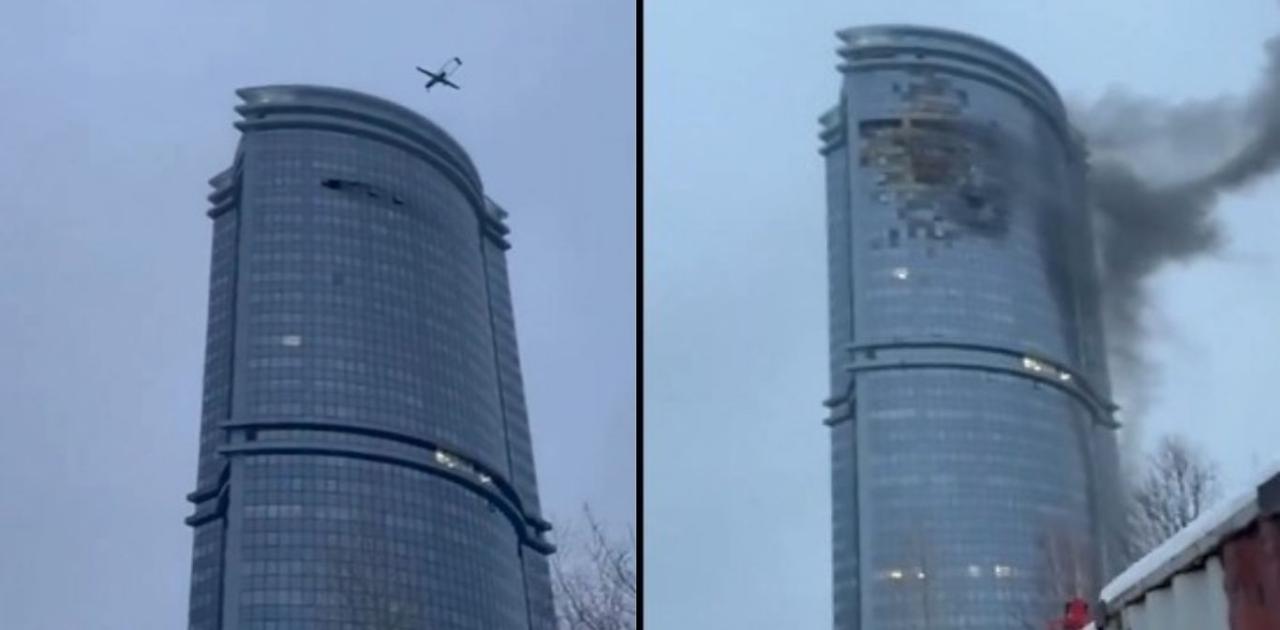
The international reaction to the Kazan drone attack has been [International reaction, e.g., condemnation from various countries, offers of assistance]. The incident could destabilize the region by [Potential impact, e.g., escalating tensions, increasing security concerns]. Compared to other international incidents involving drone technology, such as the [Example incident], this attack highlights [Comparison, e.g., the growing threat of low-cost, easily accessible drone technology].
The recent Kazan drone attack highlights the evolving threat of unmanned aerial vehicles. This incident underscores the need for robust counter-drone technologies, a stark contrast to the dazzling spectacle of a coordinated drone display, such as the one showcased at the orlando drone show. Understanding both the destructive potential and the impressive capabilities of drones is crucial for navigating this complex technological landscape, especially in the wake of incidents like the Kazan attack.
This attack may influence future drone warfare policies and regulations by [Influence, e.g., prompting stricter international cooperation on drone control, development of advanced counter-drone technologies].
Public Perception and Media Coverage
Different media outlets have portrayed the event with varying emphasis on [Different media narratives, e.g., the scale of the attack, the potential motives, the government’s response]. Public reactions ranged from [Public reactions, e.g., shock and outrage to calls for increased security].
The recent drone attack on Kazan highlights the increasing vulnerability of civilian infrastructure to unmanned aerial vehicles. Understanding the technological capabilities of such drones is crucial, and advancements in surveillance technology, such as those showcased by the high-resolution cobequid pass camera , offer insights into potential detection and defense strategies against future attacks. This underscores the need for improved counter-drone measures to protect against similar incidents in Kazan and elsewhere.
| Media Outlet | Narrative Emphasis | Public Sentiment | Examples |
|---|---|---|---|
| [Media Outlet 1] | [Narrative Emphasis] | [Public Sentiment] | [Examples] |
| [Media Outlet 2] | [Narrative Emphasis] | [Public Sentiment] | [Examples] |
| [Media Outlet 3] | [Narrative Emphasis] | [Public Sentiment] | [Examples] |
The overall public mood in the aftermath can be described as a mixture of [Public mood description, e.g., fear, uncertainty, anger, and determination to prevent future attacks]. There is a heightened sense of vulnerability, coupled with a demand for accountability and improved security measures.
The Kazan drone attack serves as a stark reminder of the escalating threat posed by unmanned aerial vehicles in modern conflict and acts of terrorism. Understanding the technology, motivations, and international repercussions of this incident is crucial for developing effective countermeasures and preventing future attacks. Further investigation and international cooperation are paramount to mitigating the risks associated with this emerging form of warfare.
FAQ Insights
What type of drones were likely used in the Kazan attack?
The exact type remains unconfirmed, pending investigation. However, speculation points towards commercially available drones modified for destructive purposes.
What was the immediate response of the Russian government?
The Russian government immediately launched an investigation, increasing security measures in Kazan and surrounding areas. Specific details regarding their response strategy remain largely undisclosed.
What are the long-term implications for drone regulations internationally?
The incident is likely to fuel discussions about stricter international regulations on the sale and use of drones, particularly those with potential for weaponization.
Were there any arrests made following the attack?
Information regarding arrests is limited and subject to ongoing investigations. Official statements will be necessary to confirm any arrests or charges filed.
